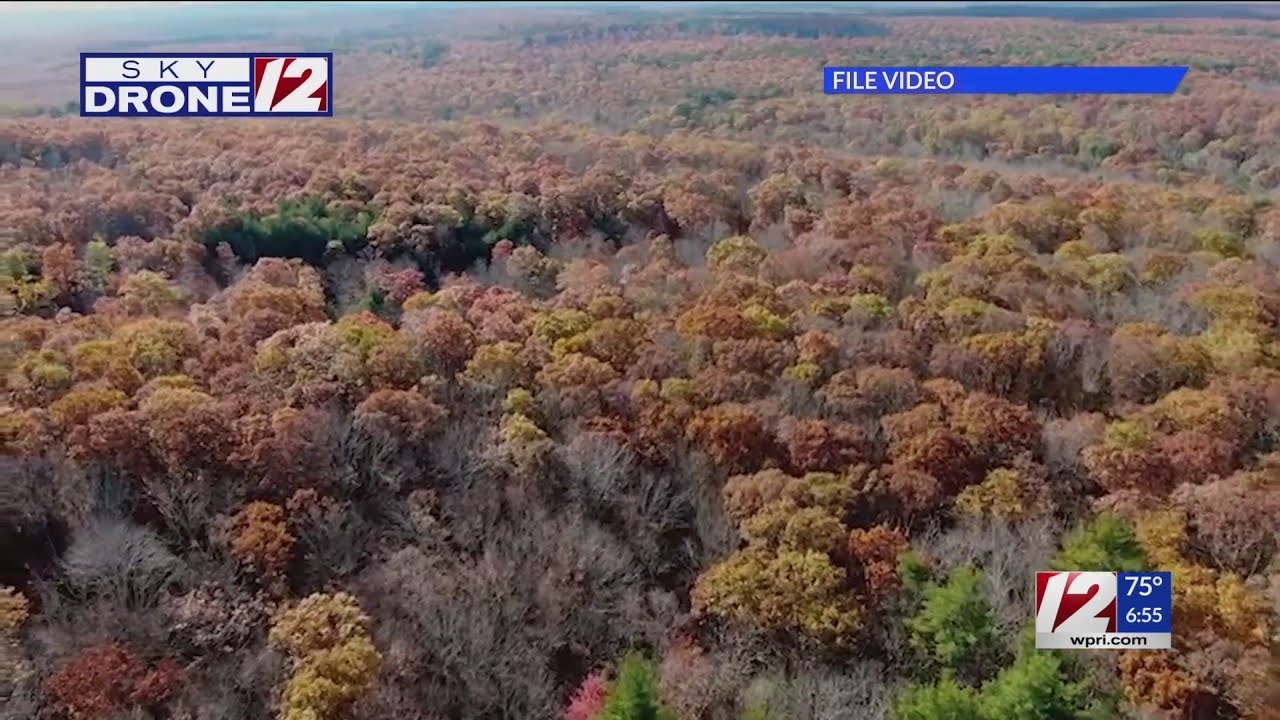Understanding the Phenomenon of Leaf Change in Rhode Island
The vibrant display of fall foliage is a phenomenon that captivates residents and visitors alike in Rhode Island. The changing of the leaves, also known as leaf change or autumn foliage, is a natural process that occurs in deciduous trees. As the seasons transition from summer to winter, the trees prepare for the colder months by shedding their leaves. This transformation not only marks the arrival of autumn but also showcases the enchanting beauty of nature.
Factors Influencing Leaf Change in Rhode Island
Various factors contribute to the leaf change in Rhode Island. The most influential factors include temperature, moisture, daylight duration, and tree species. While these factors are interconnected, each plays a significant role in determining the timing and intensity of leaf change. Understanding these influences allows us to appreciate the complexity and diversity of the fall foliage spectacle.
The Role of Temperature in Rhode Island Leaf Change
Temperature is one of the primary factors influencing leaf change in Rhode Island. As the days become shorter and cooler, the trees respond to these environmental cues by ceasing chlorophyll production. Chlorophyll is responsible for the green color in leaves and masks the other pigments present. As chlorophyll breaks down, colors such as yellow and orange become visible. Cold temperatures accelerate this process, leading to more vibrant displays of fall foliage.
Moisture and Leaf Change in Rhode Island: A Crucial Connection
Moisture levels also play a crucial role in leaf change in Rhode Island. Adequate rainfall throughout the growing season ensures healthy tree foliage. However, excessive or prolonged drought conditions can stress the trees, potentially causing premature leaf drop. Conversely, optimal moisture levels promote vibrant fall colors, as water availability affects the production of pigments responsible for red hues.
The Impact of Daylight Duration on Rhode Island Leaf Change
Daylight duration is another significant factor in Rhode Island’s leaf change. As the days shorten during autumn, the reduced daylight triggers physiological changes in trees. This signals the trees to form an abscission layer at the base of each leaf, which eventually leads to their detachment. Longer nights and shorter days prompt the trees to begin the process of shedding their leaves, heralding the arrival of fall.
Tree Species and Leaf Change in Rhode Island: What to Expect
The diverse range of tree species in Rhode Island contributes to a captivating array of fall colors. Each species has its own characteristic leaf change timeline and color palette. For instance, the sugar maple displays vibrant oranges and reds, while the birch tree showcases striking yellow leaves. Understanding the predominant tree species in a region can help predict the colors one can expect to witness during autumn.
The Fall Foliage Timeline in Rhode Island: An Overview
The fall foliage timeline in Rhode Island typically begins in late September or early October. However, the exact timing can vary from year to year, depending on the climatic conditions and other factors mentioned earlier. The northern parts of the state experience leaf change earlier than the southern regions due to differences in temperature and elevation. The peak time for leaf change usually occurs in mid to late October.
Predicting the Peak Time for Leaf Change in Rhode Island
Despite the multitude of factors influencing leaf change, predicting the peak time for leaf change in Rhode Island can be challenging. However, experts and organizations monitor tree conditions, weather patterns, and historical data to provide forecasts. These predictions can help residents and visitors plan their leaf-peeping excursions and ensure they witness the breathtaking fall foliage at its zenith.
Rhode Island’s Iconic Fall Color Palette: What Makes it Unique?
Rhode Island’s fall color palette is a unique tapestry of mesmerizing hues. The state’s diverse tree species, including sugar maples, oaks, birches, and beeches, contribute to the remarkable range of colors. The captivating blend of vibrant oranges, fiery reds, golden yellows, and deep purples creates an awe-inspiring spectacle. The coastal regions of the state offer a stunning backdrop, with the ocean adding contrast to the vivid fall colors.
Popular Spots to Witness the Stunning Leaf Change in Rhode Island
Rhode Island is home to numerous scenic spots that provide breathtaking views of the fall foliage. Places like Colt State Park, Roger Williams Park, and Lincoln Woods State Park offer picturesque landscapes with vibrant displays of autumn colors. The Blackstone River Bikeway and East Bay Bike Path provide opportunities for outdoor enthusiasts to witness the leaf change while engaging in recreational activities.
Planning Your Autumn Excursion: Rhode Island’s Leaf Change Hotspots
When planning an autumn excursion in Rhode Island, it is essential to consider the prime leaf change hotspots. Drive along scenic routes like Route 44, Route 77, and Route 102, which pass through picturesque towns and offer sweeping vistas of foliage. The towns of Bristol, Newport, and Little Compton are known for their charming architecture and serve as excellent bases for exploring the surrounding areas during leaf change season.
Leaf Change Tours and Festivals in Rhode Island: A Must-Experience
Rhode Island embraces the magic of leaf change with various tours and festivals. Take advantage of guided leaf-peeping tours that provide expert insights and take you to the best spots for foliage viewing. The Autumnfest in Woonsocket and the Fall Festival in Bristol are just a couple of the many festivals that celebrate the arrival of fall and showcase Rhode Island’s stunning leaf change.
As you embark on your leaf-peeping adventure in Rhode Island, keep in mind the factors influencing leaf change, the unique color palette, and the popular spots that offer unforgettable views. This annual phenomenon is a testament to the beauty of nature and the splendor of autumn in the Ocean State.




